Take a look back at your North East Ladybird Spot highlights this summer in a new blog from local naturalist, Charlotte Rankin.
Together, you have submitted over 1,000 records of 18 Ladybird species as part of the North East Ladybird Spot! Your records, accessible to the UK Ladybird Survey and ERIC North East, will help inform monitoring and conservation efforts of these iconic yet under-recorded insects. Please do continue to share your sightings from spring and summer to improve our understanding of ladybirds in the region.
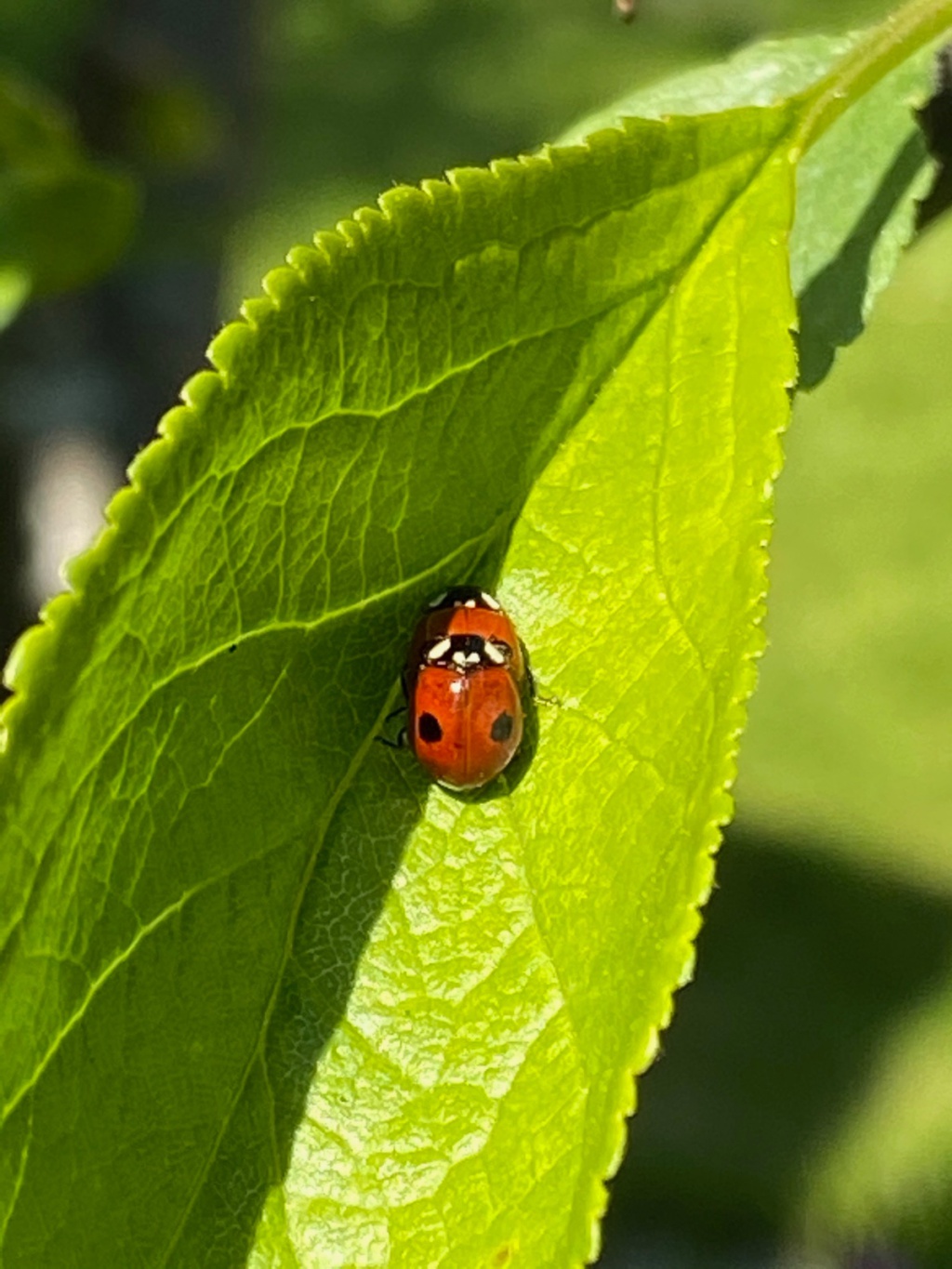
The Target Ladybirds
From the tiny Pine Ladybird to the classic Seven-spot Ladybird, all nine target species have been observed. So far, over 800 sightings of the target ladybirds have been shared, revealing more about these species distributions in the region.
The most commonly encountered species this summer include the Seven-spot, Harlequin, Two-spot, 14-spot and 22-spot Ladybird. Four of these species are aphid feeders, found on a range of plants, while the 22-spot is a mildew fungus feeder, typically found on umbellifers such as Hogweed.
As autumn progresses, more ladybirds will be seen on the move in search of a place to spend the winter.
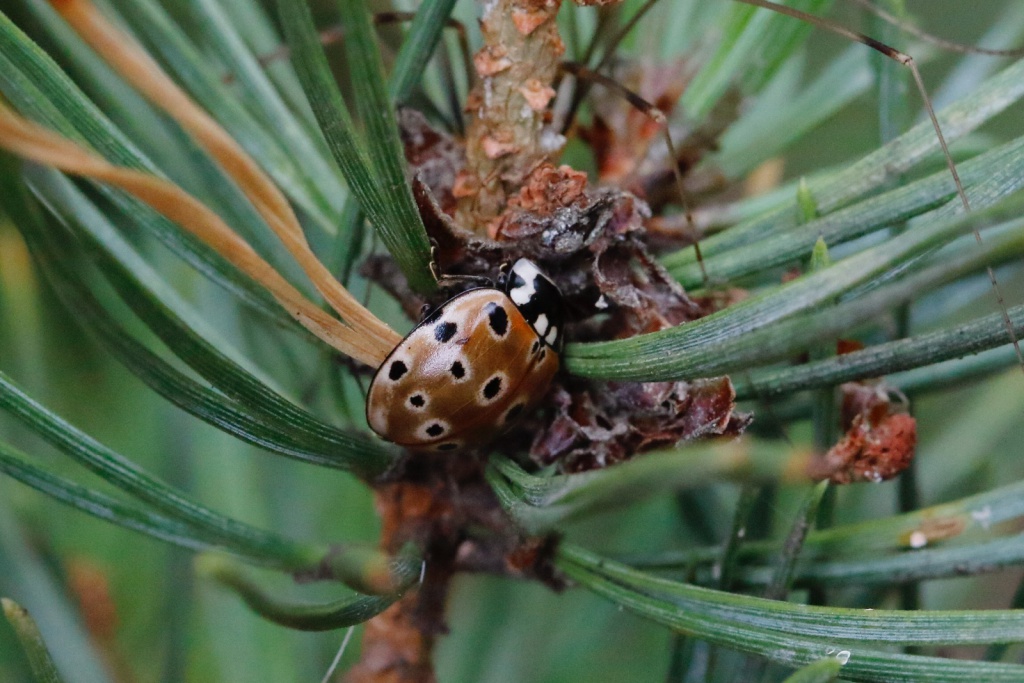
The Conifer Specialists
Easily overlooked, some ladybird species spend most of their lives tucked away in conifers, feeding on aphids associated with coniferous trees.
Four conifer specialists have been observed as part of the North East Ladybird Spot: Eyed, Larch, Striped and 18-spot Ladybird. With few records in the region, your sightings have uncovered more about their whereabouts in the region.
A distinctive ladybird, the Eyed Ladybird is the largest of the ladybirds in Britain and has pale rings around its black spots. It feeds on aphids associated with conifers, so while distinctive, it is most often found in the foliage of conifer trees.
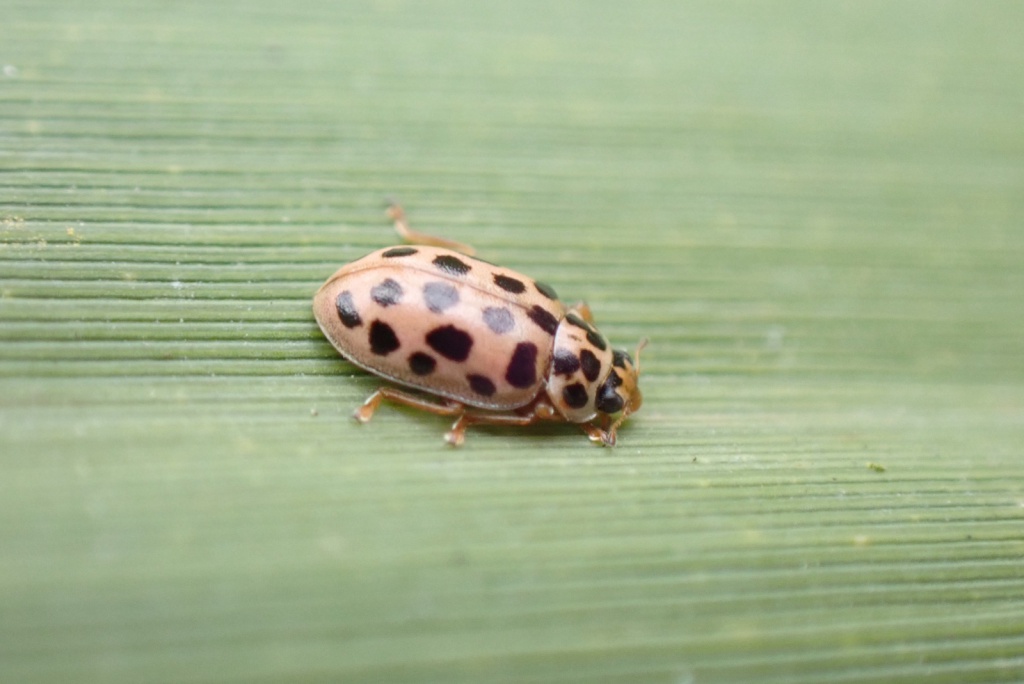
The Water Ladybird
An elusive ladybird, the Water Ladybird is typically found on Reed or wetland vegetation around lakes and ponds.
This summer, the Water Ladybird has been observed at five urban sites in Newcastle. With few known sites elsewhere in the region, this is a species to look out for at lake and pond sites.
As autumn progresses, the Water Ladybird changes it colouration from a warning red to a beige. Overwintering in dead reed stems, the beige colouration provides better protection from predators.
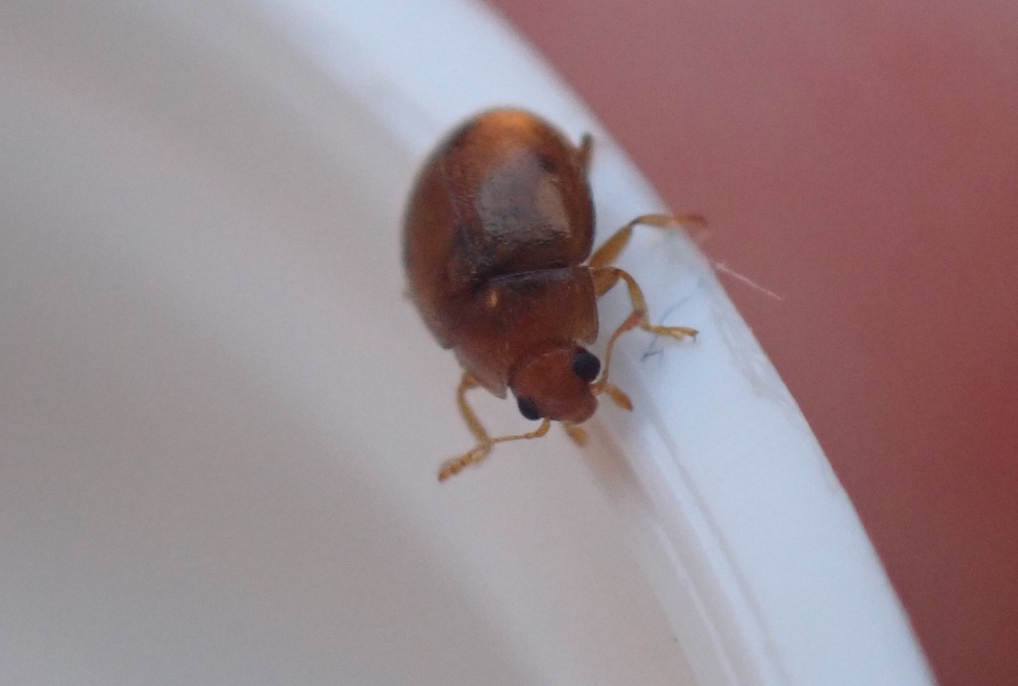
The Lesser Known Ladybirds
Around half of British ladybird species are known as ‘inconspicuous’ ladybirds. These hairier beetles lack the iconic characters of our typical ladybirds and are much smaller at two or three mm in length.
One inconspicuous ladybird, known as the Pointed-keeled Rhyzobius Ladybird, has been shared with the North East Ladybird Spot. Small with cryptic colouration, this ladybird is hard to spot but can be found when sweep netting grassy areas. A grassland species, it feeds on aphids associated with grasses, thistles and Nettle.
Other curious ladybird species, such as the Adonis Ladybird, have also been observed. A fan of dry habitats, the Adonis Ladybird is a typical coastal species but is increasingly found inland, such as on wasteland and gravel pits. It favours areas where vegetation and shingle are present.
Explore more of your summer ladybird sightings
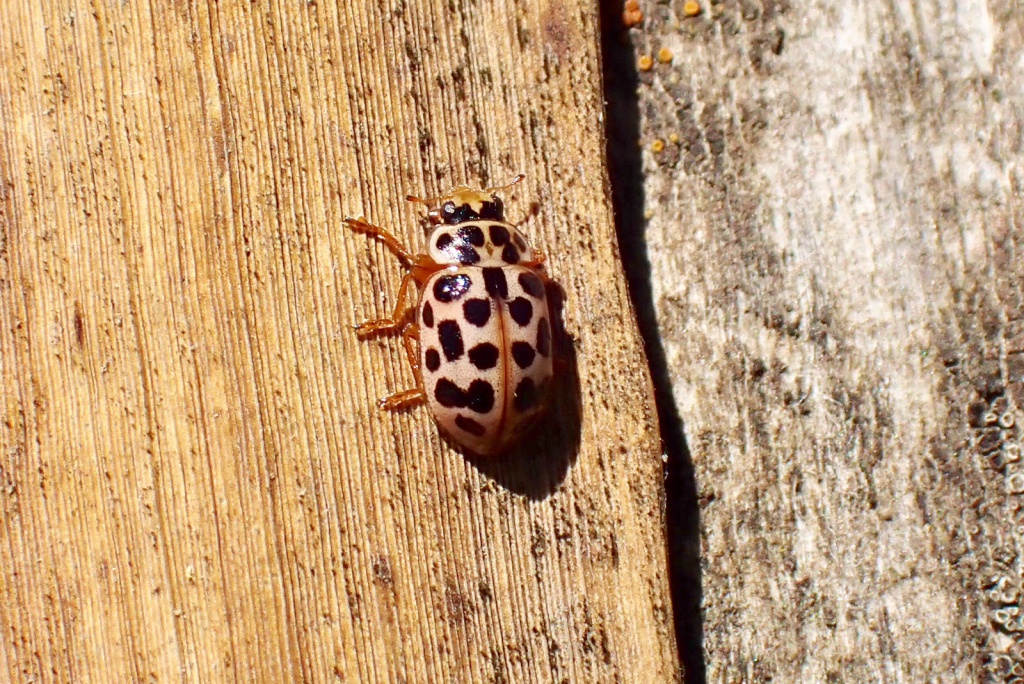
Water Ladybird © Joe Dobinson 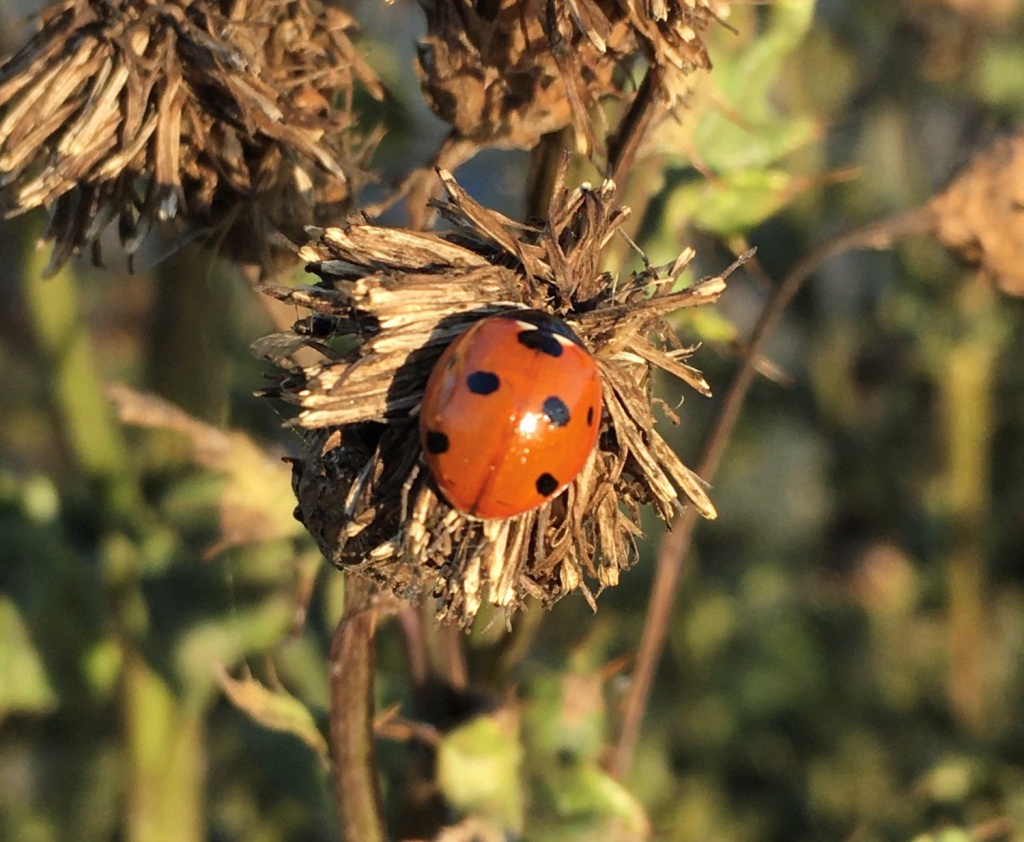
Seven-spot Ladybird © Cal Ritchie 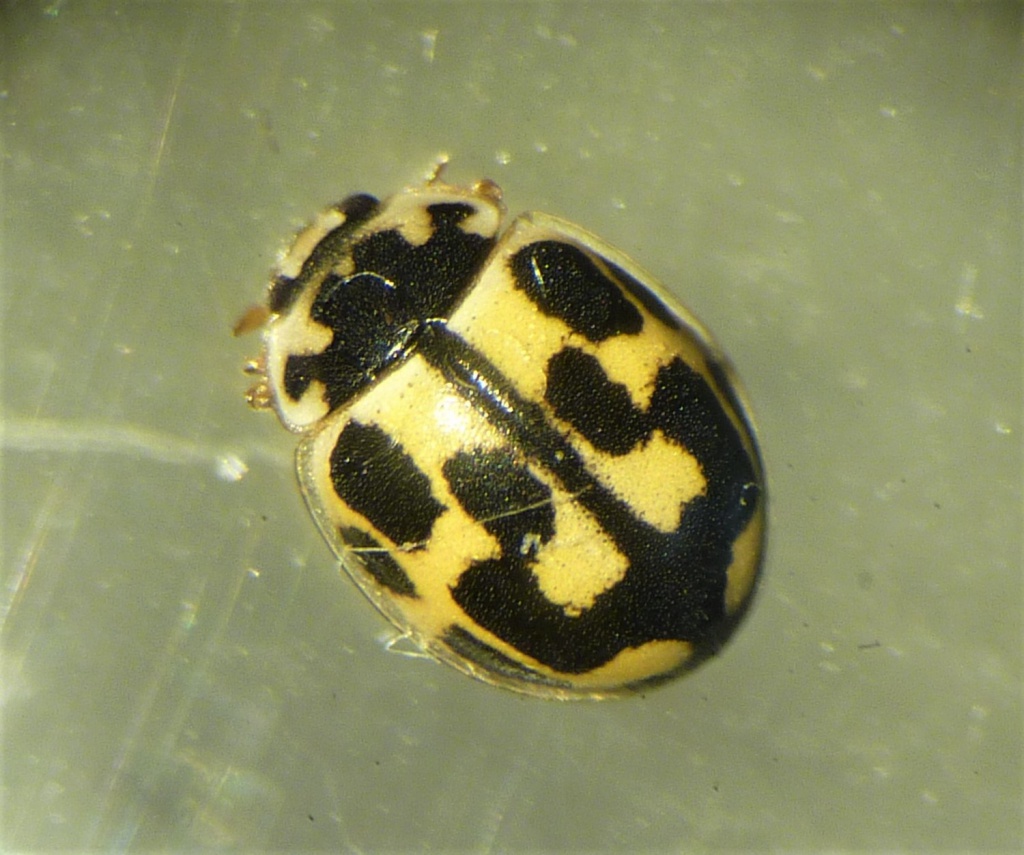
14-spot Ladybird © Daphne Aplin 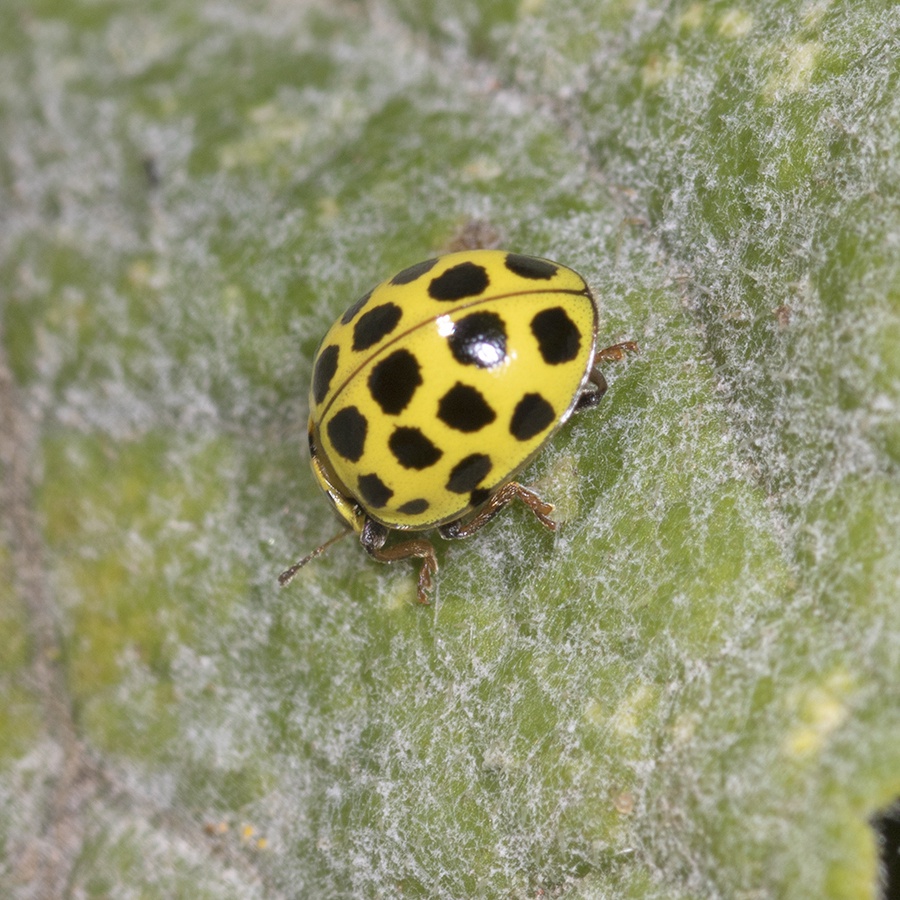
22-spot Ladybird © Ian Beddison 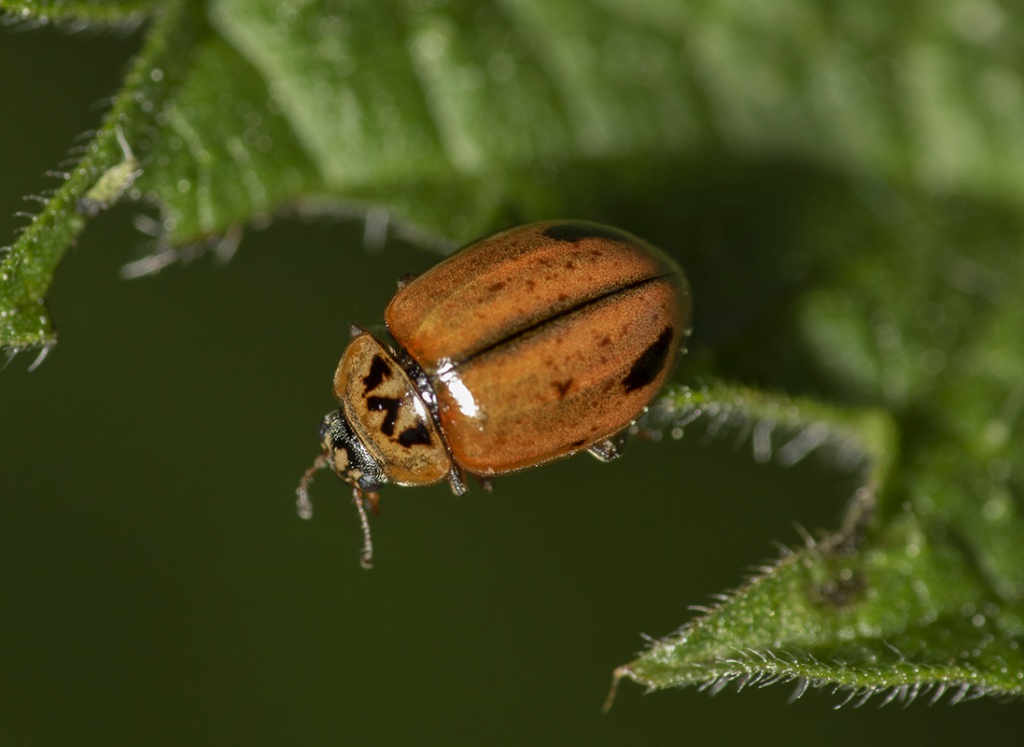
Larch Ladybird © Ian Beddison 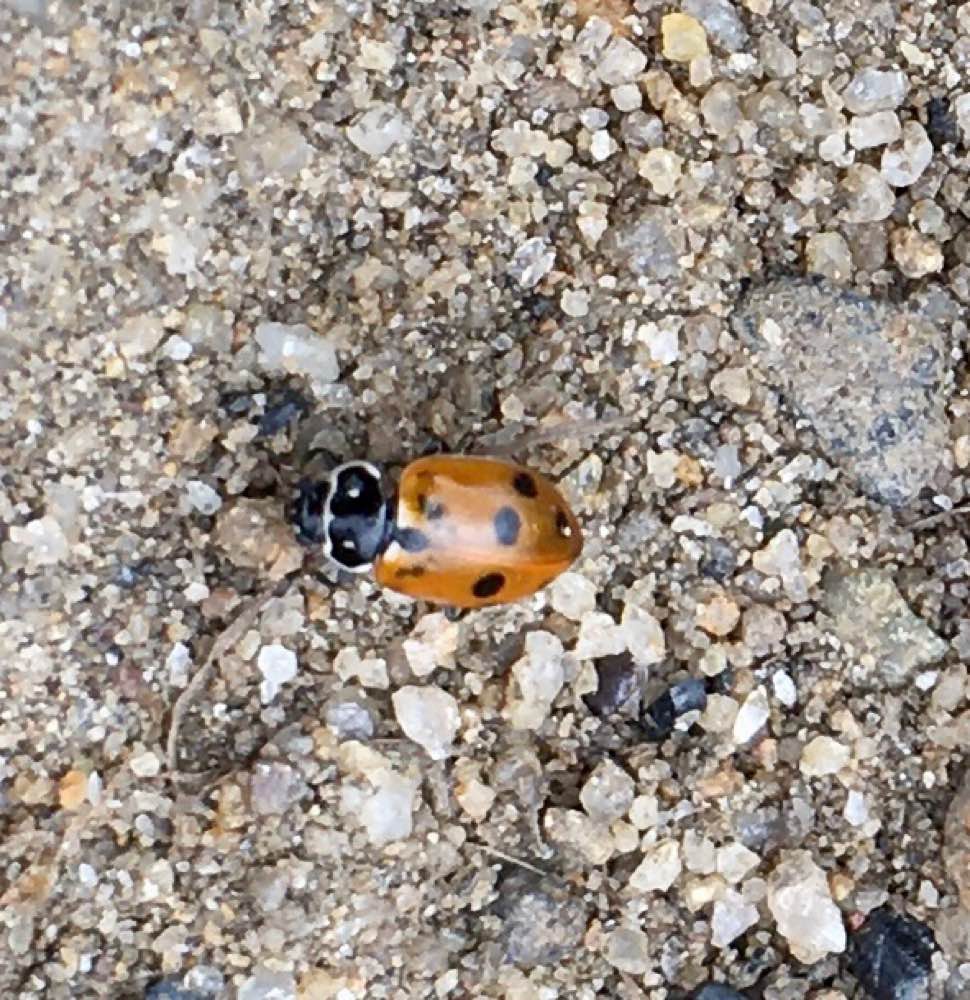
Adonis Ladybird © Mary Crosby
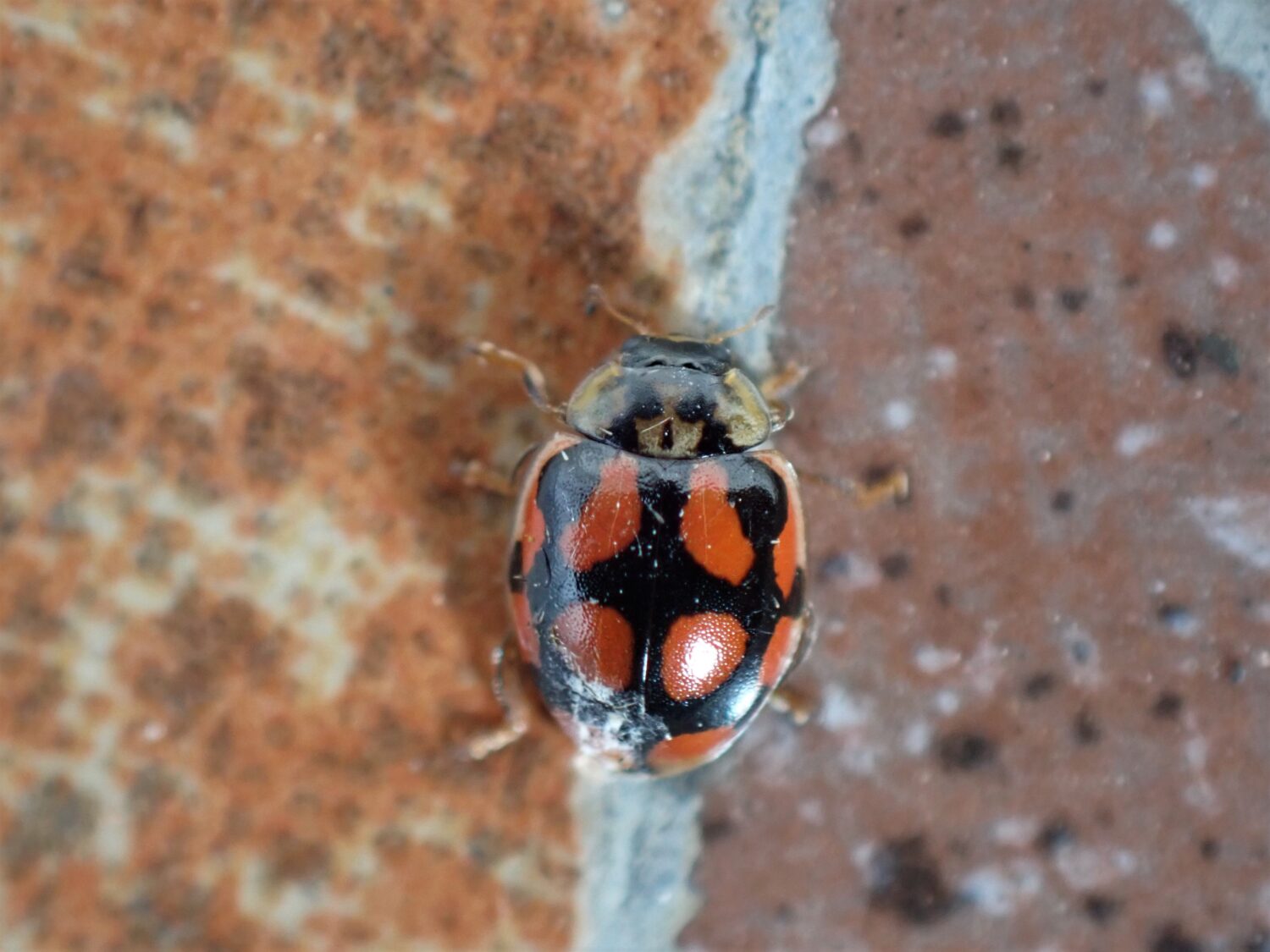
Join the North East Ladybird Spot
Urban or rural, beginner or expert, we need your help to record ladybirds across the North East this spring and summer.
Your records can add to our understanding of ladybirds in the region and inform conservation and monitoring efforts.
Taking part is easy and every record counts, wherever you live in the region. Records of all bee species are encouraged.